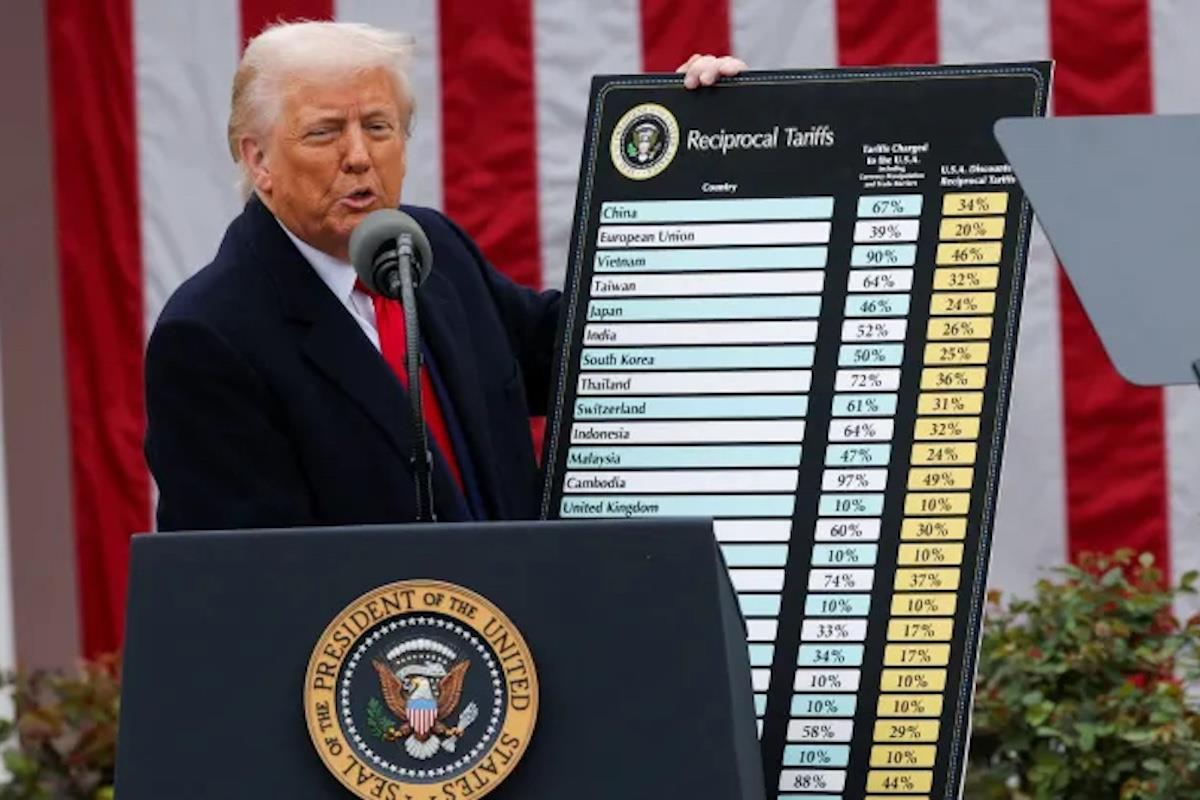
No, Tariff Man, That's Not What A Trade Deficit Means
First, Trump's plan will impose a“baseline” 10% tariff on virtually all goods imported into the US, effective April 5. Then, from April 9, 57 countries will face higher“reciprocal tariffs”.
These vary by country, according to a formula based on individual trade deficits.
On face value, the new tariff regime might sound like a simple solution for fairness. If a particular country was taxing American imports with a 50% tariff, it might seem fair for the US to tax their imports at 50% as well.
But appearances are deceiving.
These new“reciprocal” tariffs ostensibly aim to eliminate the US trade deficit by making imports more expensive so that Americans buy less from abroad until imports equal exports.
But the Trump administration hasn't directly matched specific foreign tariffs. Instead, they've opted for a crude formula based on bilateral trade deficits between the US and each specific country. Those aren't the same things.
Trade deficits aren't tariffsA country has a trade deficit when the total value of everything it imports from somewhere else exceeds the value of what it exports there. A trade surplus is the opposite.
Trade deficits and surpluses – the balance of trade – can be calculated between specific countries, but also between one country and the rest of the world.
Tariffs are different things altogether – taxes a country charges on imports when they cross the border, paid by the importer.
Trump's new reciprocal tariffs have been calculated by taking the US trade deficit with each country, dividing it by total US imports from that country, then halving the resulting ratio and converting it into a percentage.

Legal Disclaimer:
MENAFN provides the
information “as is” without warranty of any kind. We do not accept
any responsibility or liability for the accuracy, content, images,
videos, licenses, completeness, legality, or reliability of the information
contained in this article. If you have any complaints or copyright
issues related to this article, kindly contact the provider above.


























Comments
No comment